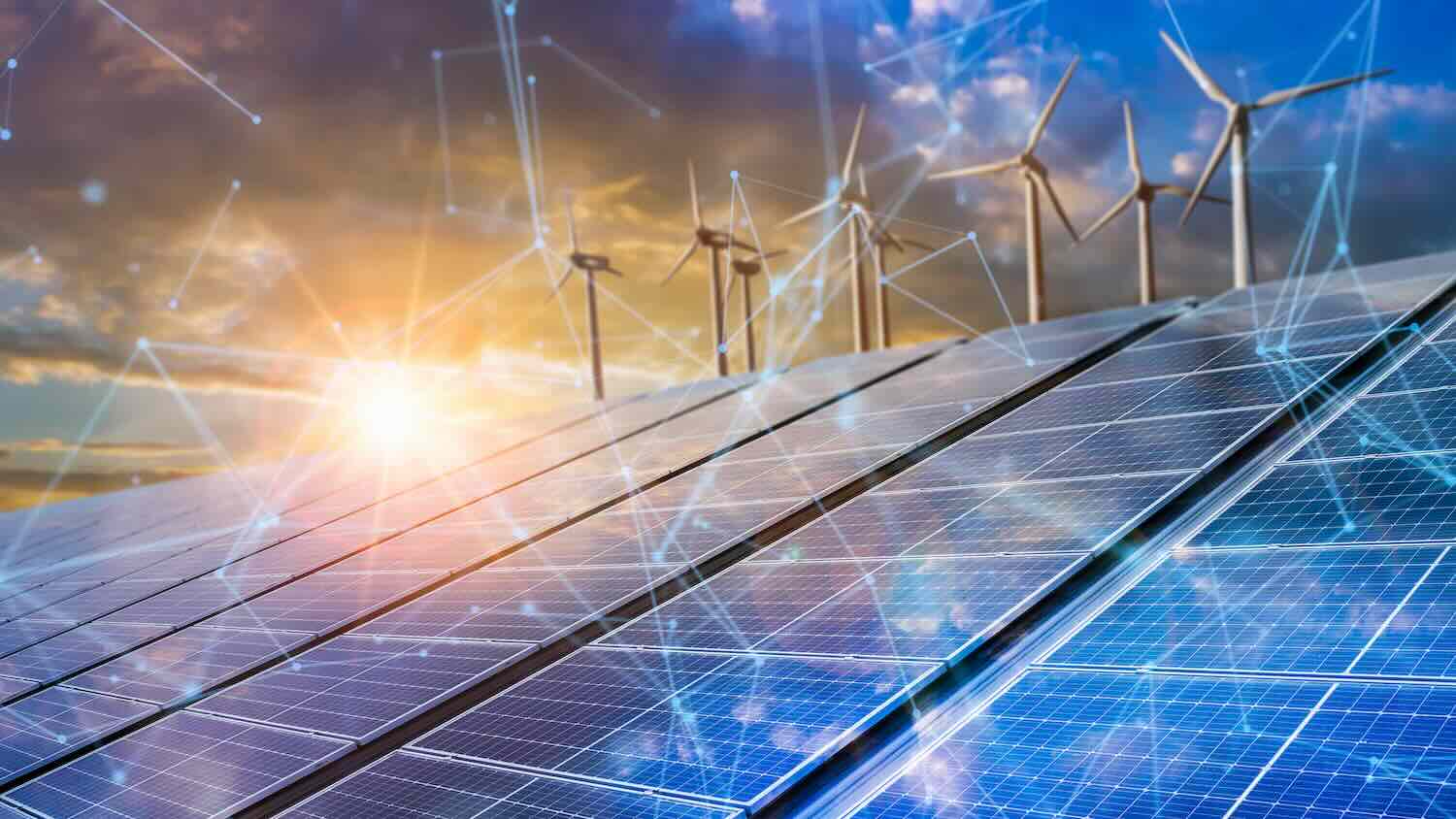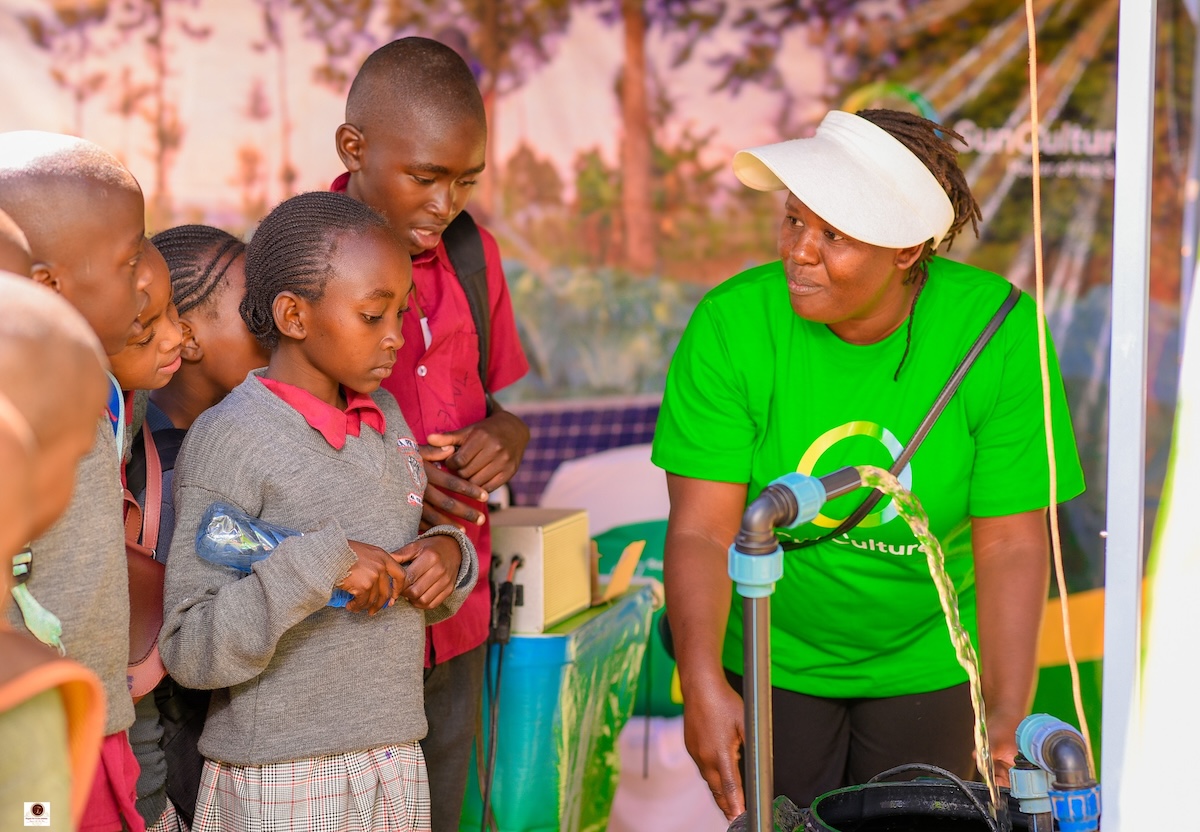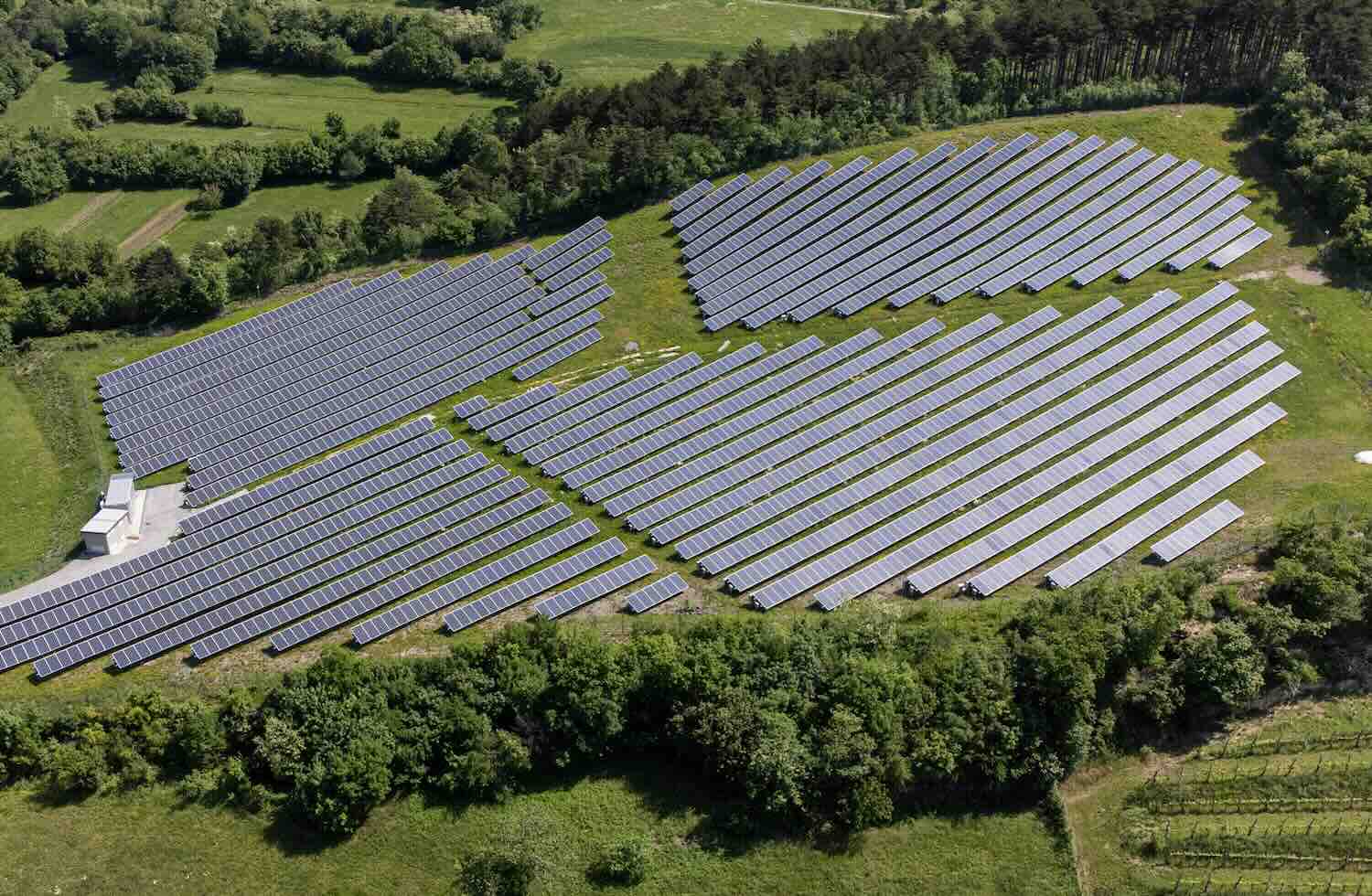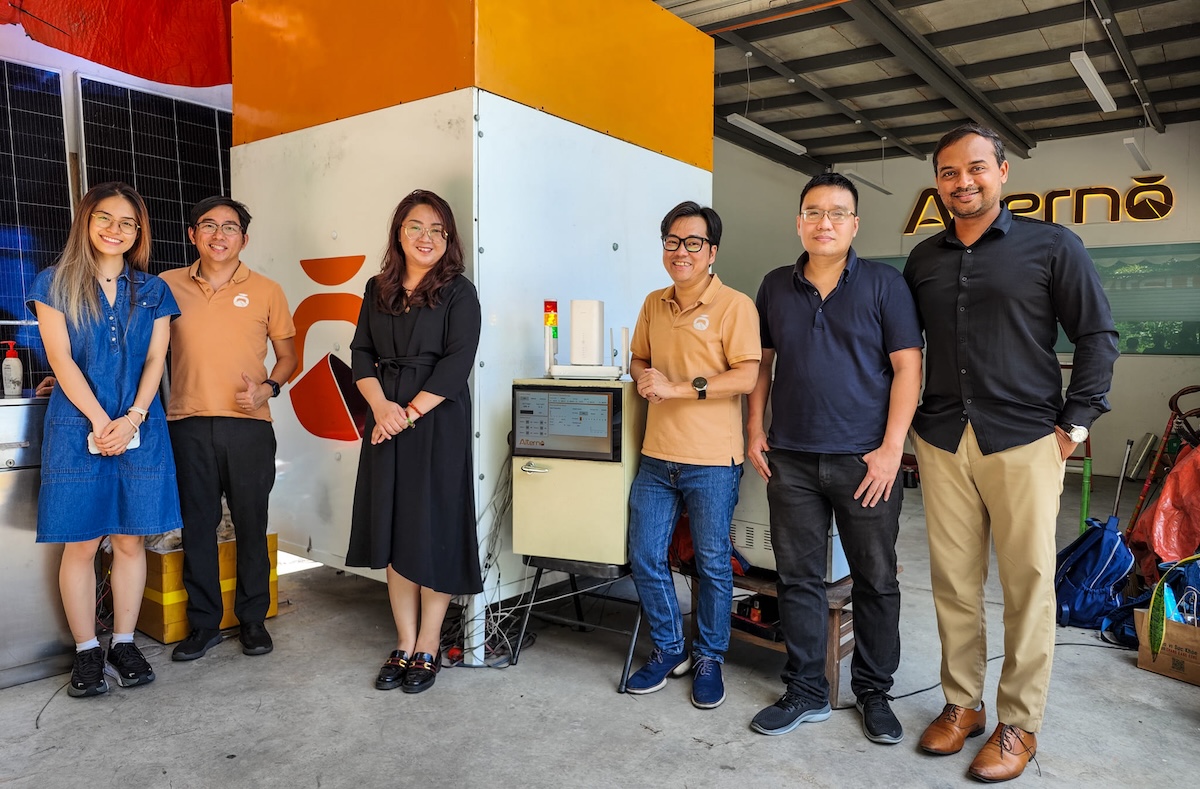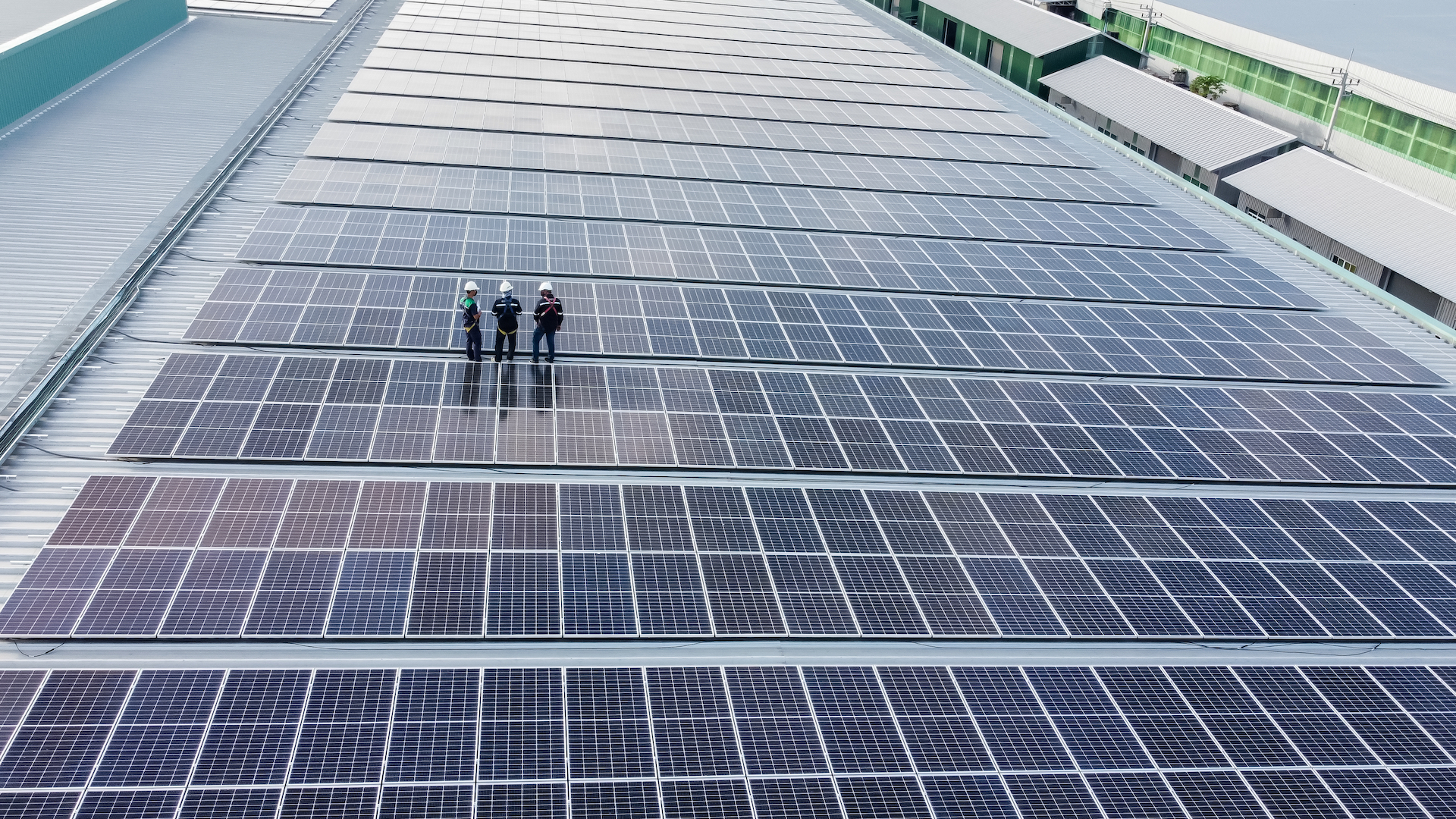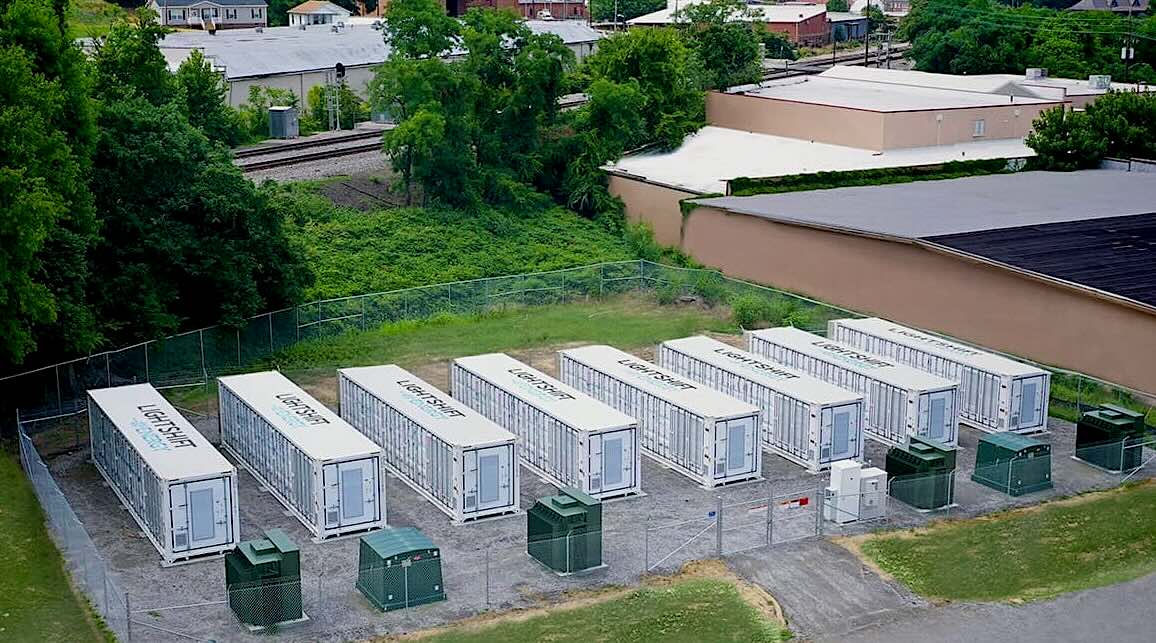Oops, they did it again.
The International Energy Agency has upped its perennially conservative five-year forecast for renewable energy by 33%, or 728 gigawatts, from last year’s projections. Government policies, improved economics and consumer demand for lower-cost alternatives are driving the uptick.
The rosier outlook comes on top of a 50% increase in global annual renewable capacity in 2023, what the agency says is the fastest growth rate in two decades (Much of that was driven by China, which added as much solar PV last year as the entire world did in 2022).
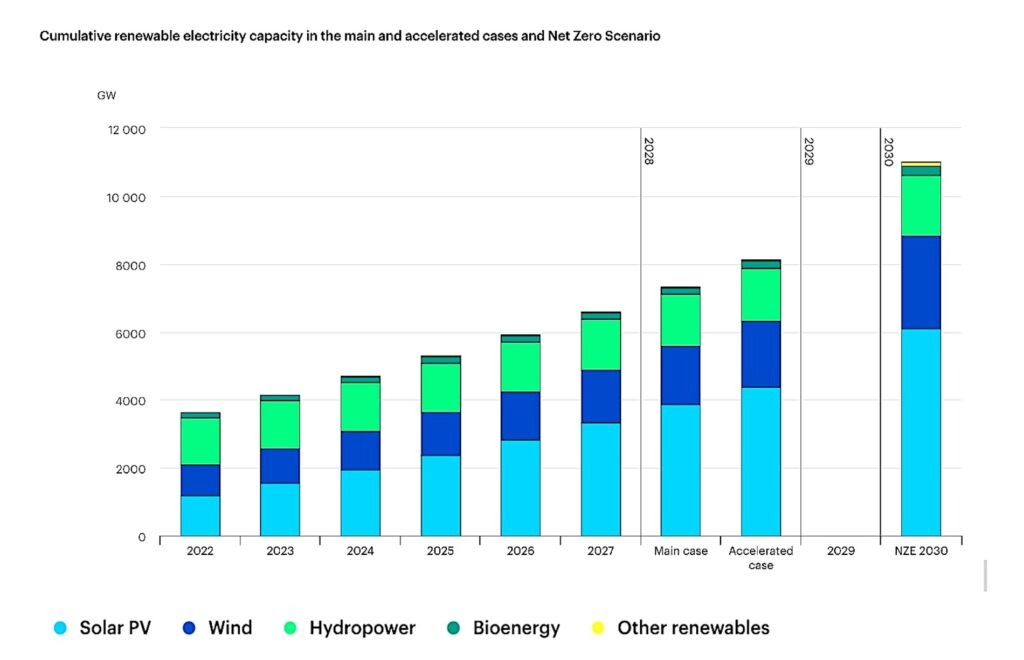
The upshot: The COP28 goal (and IEA’s Net Zero scenario) of tripling renewable energy capacity by 2030, to 11,000 gw, is within reach. Under existing policies and market conditions, global capacity should expand by 2.5 times its current level, says the IEA.
To get the rest of the way there, nations must invest in grid infrastructure, ease permitting and administrative obstacles, manage policy responses and macroeconomics, and channel more capital to emerging markets.
The biggest challenge is rapidly scaling financing and deployment of renewables in emerging markets, “many of which are being left behind in the new energy economy,” says the IEA’s Fatih Birol. “Success in meeting the tripling goal will hinge on this.”

